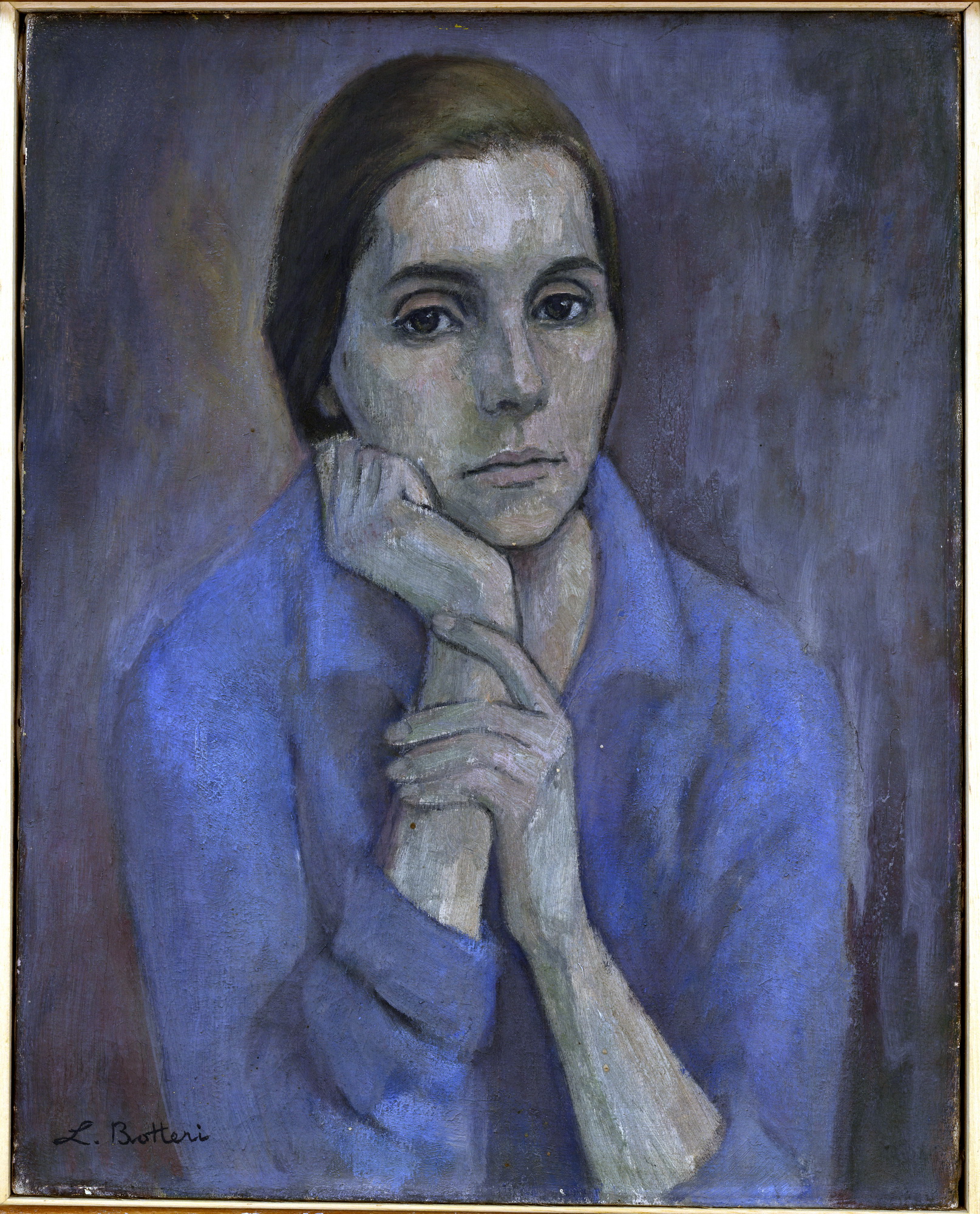Central Target. Sandino’s Specters in Post-Revolutionary Central American Contemporary Art
Central Target. Sandino’s Specters in Post-Revolutionary Central American Contemporary Art
DOI:
https://doi.org/10.33871/sensorium.2024.11.9583Abstract
How to deal with the specter of Sandino, a demanding object of love before whom, despite all the failures and disappointments that the Sandinista revolution experienced, it seems that one is always at fault? Is it still possible to recognize in the folds of the memory of “Nicaragua's most famous specter” a source of moral and spiritual energy capable of fueling the untimely power of a new revolutionary “tiger leap”? My interest focuses on the attempted responses that emerged from Central American contemporary art in the “post-revolutionary” period, that is, from the electoral Thermidor that put an end to the FSLN government (1979-1990) until the return of that party to the government in January 2007. Of the many artistic proposals on this topic, in this article I will deal with those contributed by the influential artist and cultural activist Raúl Quintanilla, which I will study with the historical background of the different “lives” through which the surviving image of the specter of Sandino has lived until the end of the revolutionary period.
Downloads
Downloads
Published
Issue
Section
License
Copyright (c) 2024 International Interdisciplinary Journal of Visual Arts - Art&Sensorium

This work is licensed under a Creative Commons Attribution 3.0 Unported License.
Authors who publish with this journal agree to the following terms:- Authors retain copyright and grant the journal right of first publication with the work simultaneously licensed under a Creative Commons Attribution License that allows others to share the work with an acknowledgement of the work's authorship and initial publication in this journal.
- Authors are able to enter into separate, additional contractual arrangements for the non-exclusive distribution of the journal's published version of the work (e.g., post it to an institutional repository or publish it in a book), with an acknowledgement of its initial publication in this journal.
- Authors are permitted and encouraged to post their work online (e.g., in institutional repositories or on their website) prior to and during the submission process, as it can lead to productive exchanges, as well as earlier and greater citation of published work (See The Effect of Open Access).


